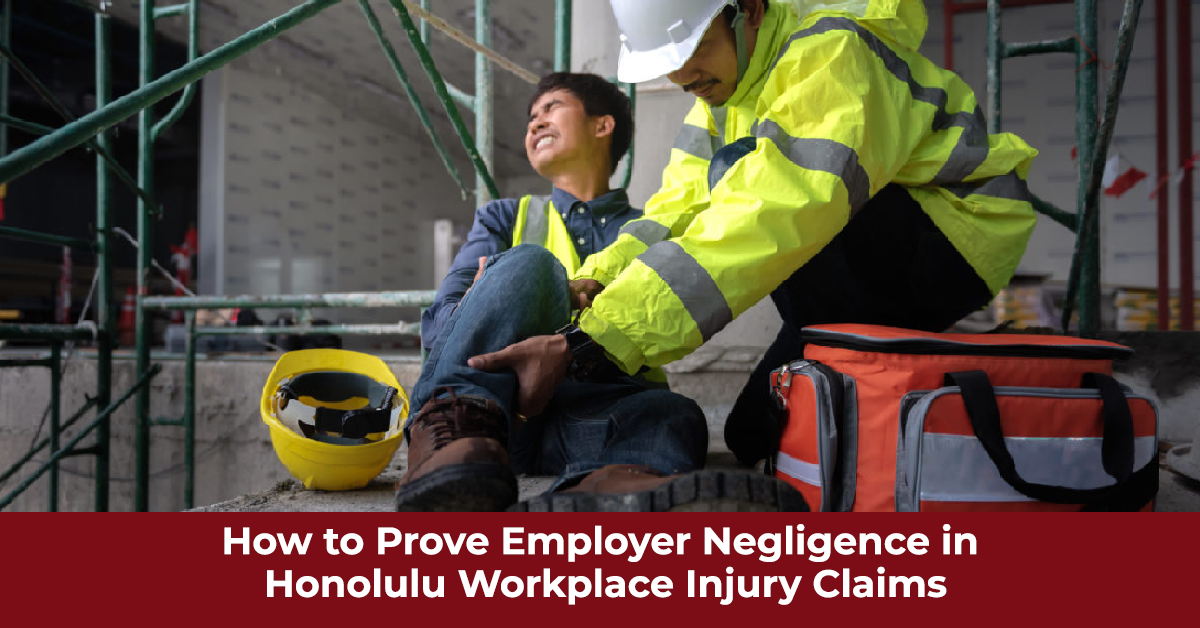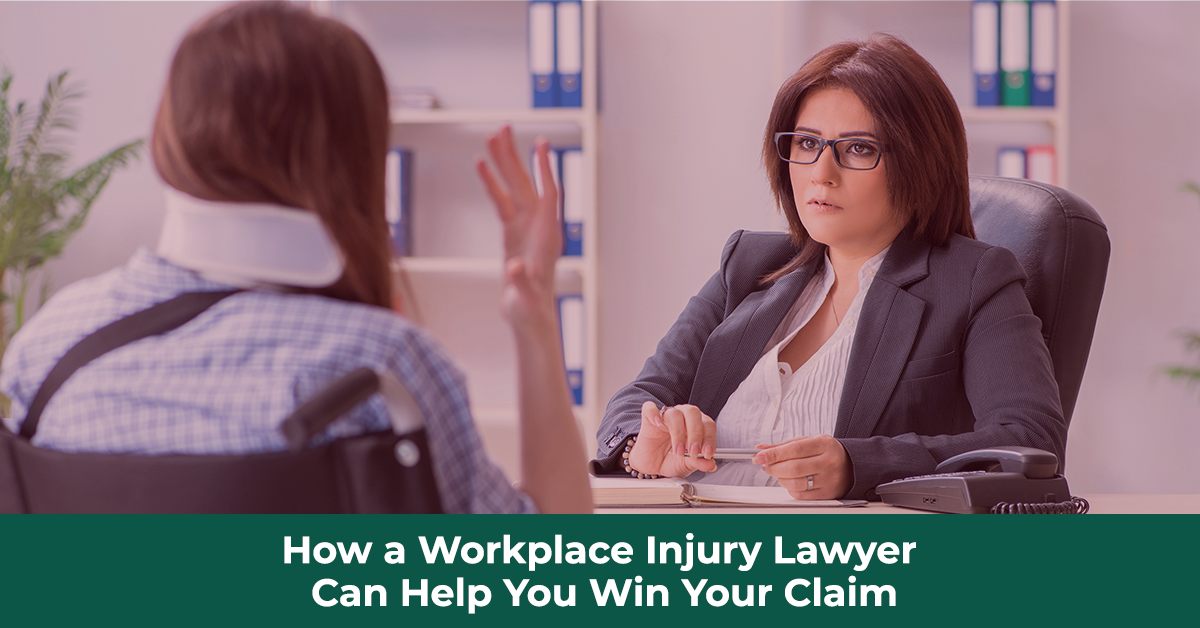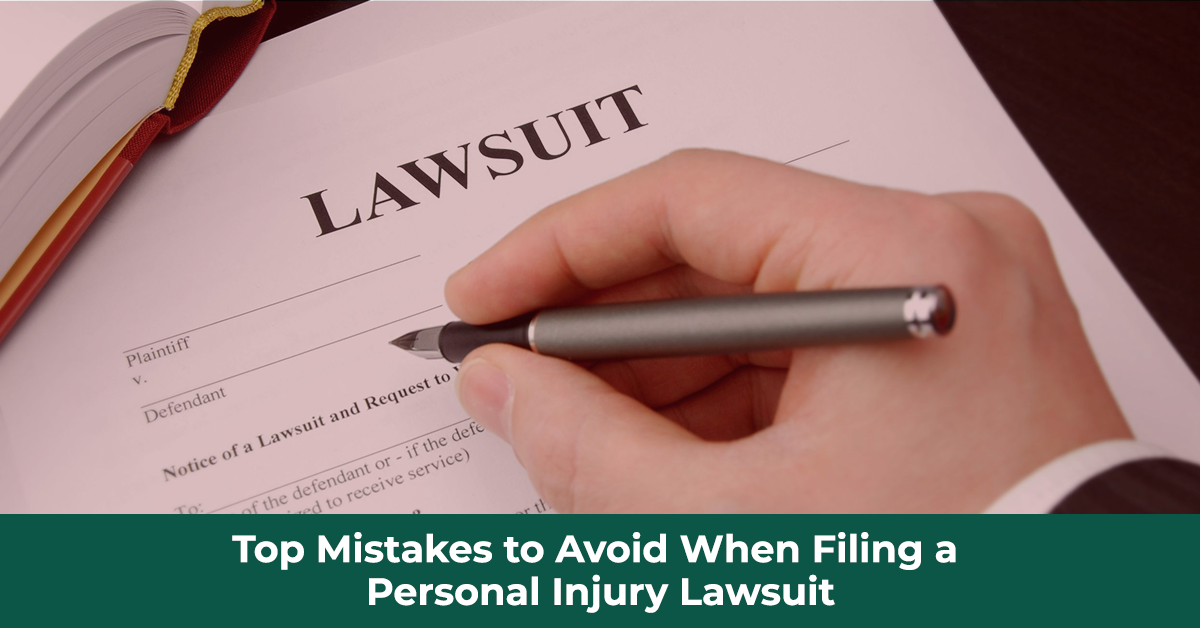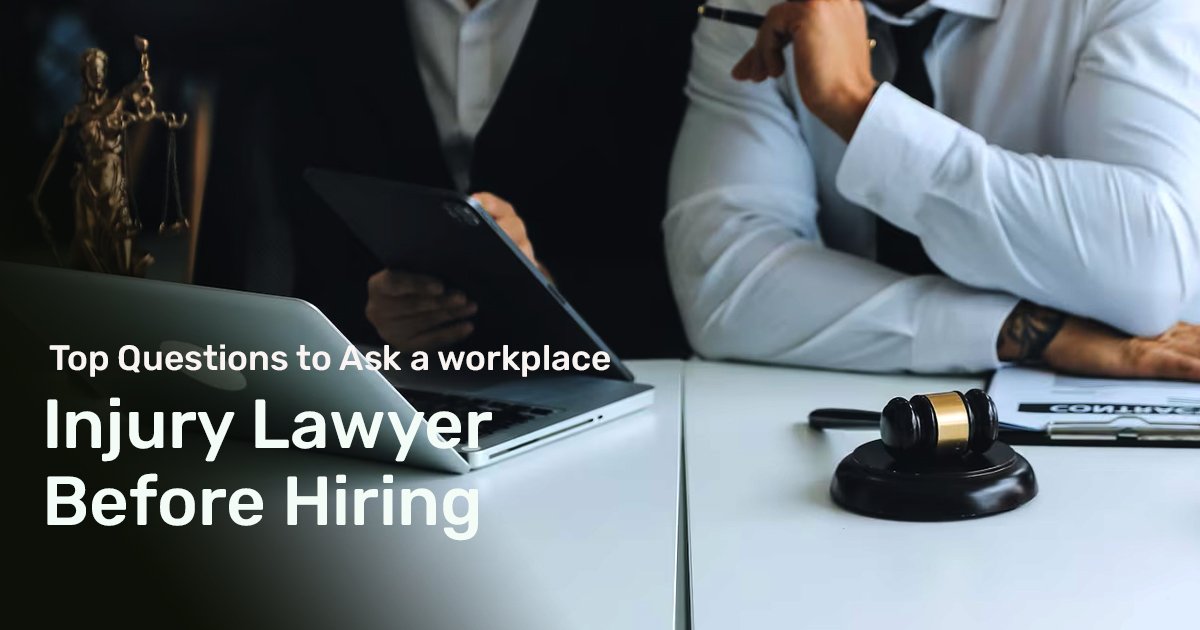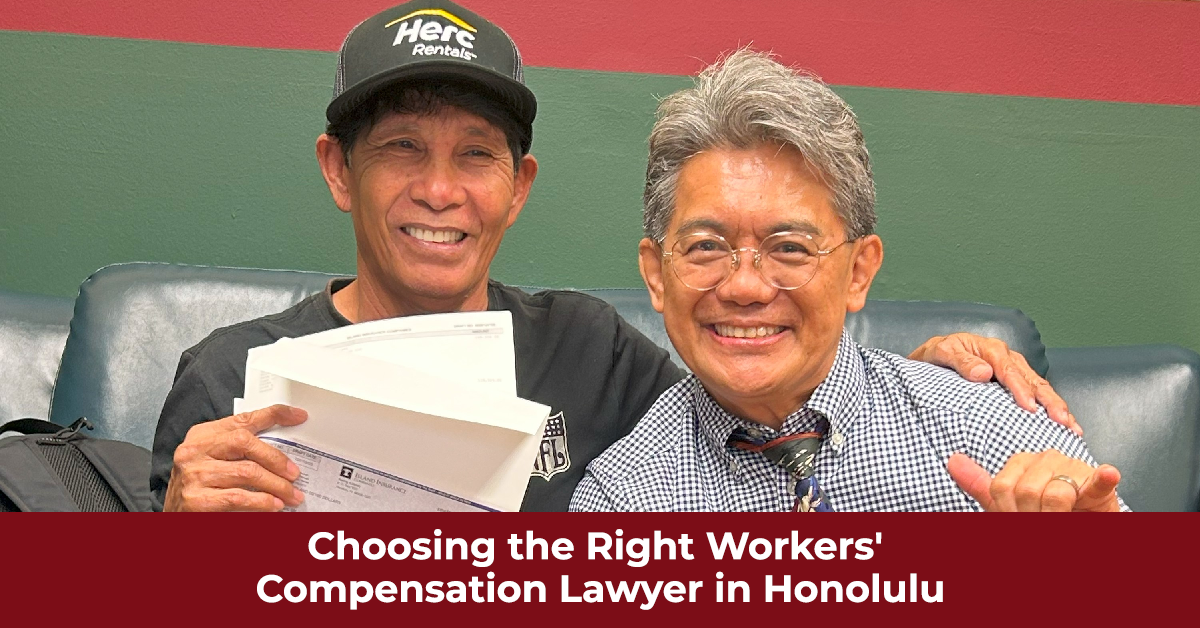When you’ve been injured on the job, the road to recovery isn’t just about healing, it’s about justice. In many cases, proving your employer’s negligence is a critical step in seeking compensation. This can be especially challenging under the framework of Honolulu workplace injury claims, which often require a deep understanding of local labor laws and legal procedures. For those navigating this path in Hawaii, knowing how to build a strong case is key to securing the benefits and financial support you deserve.
What Is Employer Negligence in a Workplace Injury Case?
Employer negligence happens when your employer fails to provide a safe working environment, leading to injury. This may include:
- Failing to maintain equipment
- Not training employees properly
- Ignoring safety protocols
- Not addressing known hazards
- Violating OSHA regulations
Negligence doesn’t mean your employer acted with intent to harm. It simply means they failed to take reasonable steps to prevent the injury.
Key Steps to Prove Employer Negligence
1. Document Everything Right Away
The moment an accident happens, report it immediately to your supervisor or HR department. Take pictures of the hazard, your injuries, and the environment. Make note of any witnesses and get their contact info. Even small details, like poor lighting or slippery floors, can be vital evidence.
2. Seek Medical Attention and Keep Records
Even if the injury seems minor at first, go to a doctor. A medical report creates a timeline and provides credibility to your claim. Keep all treatment records, prescriptions, and doctor’s notes. They’ll help connect your injury directly to the workplace accident.
3. Establish the Employer’s Duty of Care
Employers in Hawaii are legally obligated to provide a reasonably safe workplace. Your claim must show that your employer owed you a duty of care, which, under workers’ compensation law in Hawaii, is generally a given. The tougher part is showing that they breached this duty.
4. Prove Breach of Duty and Causation
Next, you must show that the employer failed to meet safety standards and that this failure led to your injury. For example, if a construction company ignored faulty scaffolding warnings and it collapsed while you were on it, that would be a clear breach of duty and causation.
5. Demonstrate Damages
This includes medical bills, lost wages, and long-term disability. A detailed breakdown of expenses and losses strengthens your claim and increases your chances of fair compensation.
Workers’ Compensation vs. Personal Injury Claims in Hawaii
Under workers’ compensation law in Hawaii, you usually can’t sue your employer directly. However, if gross negligence or third-party involvement (like a subcontractor or equipment manufacturer) played a role, you may be eligible to file a separate personal injury claim.
That’s why hiring a knowledgeable workers’ compensation lawyer is so important. An experienced attorney can guide you through what type of claim is most appropriate, what benefits you’re entitled to, and how to collect evidence that holds up in court.
Why Legal Representation Matters?
Proving employer negligence is no walk in the park. Employers often have legal teams working to minimize their liability. A seasoned workplace accident injury lawyer knows how to push back, negotiate with insurance adjusters, and take the case to court if necessary.
The Law Offices of Alex M. Sonson brings decades of hands-on experience in representing injured workers throughout Hawaii. Our firm is well-versed in both state and federal workplace safety laws, and we’ve built a strong track record for getting clients the compensation they need to move forward.
FAQs
- How long do I have to file a workplace injury claim in Hawaii?
Generally, you have two years from the date of injury to file a workers’ compensation claim. But don’t wait, reporting the injury as soon as possible helps your case.
- Can I still file a claim if I was partially at fault for the accident?
Yes. Hawaii workers’ comp is a no-fault system. Even if you played a small part in the accident, you can still recover benefits.
- What types of compensation can I receive?
You may be eligible for medical expenses, lost wages, rehabilitation, and disability benefits.
- Do I need a lawyer to file a claim?
You can file a claim without a lawyer, but having a workers’ compensation law firm on your side greatly improves your chances of success and ensures your rights are protected.
- What if my claim was denied?
You can appeal. Our office can help you file the proper paperwork, gather additional evidence, and represent you at hearings to fight the denial.
Final Thoughts: Let Us Help You Take the Next Step
Getting hurt on the job can derail your life. But proving employer negligence and securing compensation doesn’t have to be overwhelming. The right legal team can make all the difference.
At the Law Offices of Alex M. Sonson, we’re here to help injured workers like you navigate the complexities of Honolulu workplace injury claims. Whether you’re dealing with medical bills, lost wages, or a denied claim, we’re ready to fight for your rights.
Your consultation is completely free, and you don’t pay us unless we win your case. That’s our commitment: no upfront fees, no pressure, just real help when you need it most.

